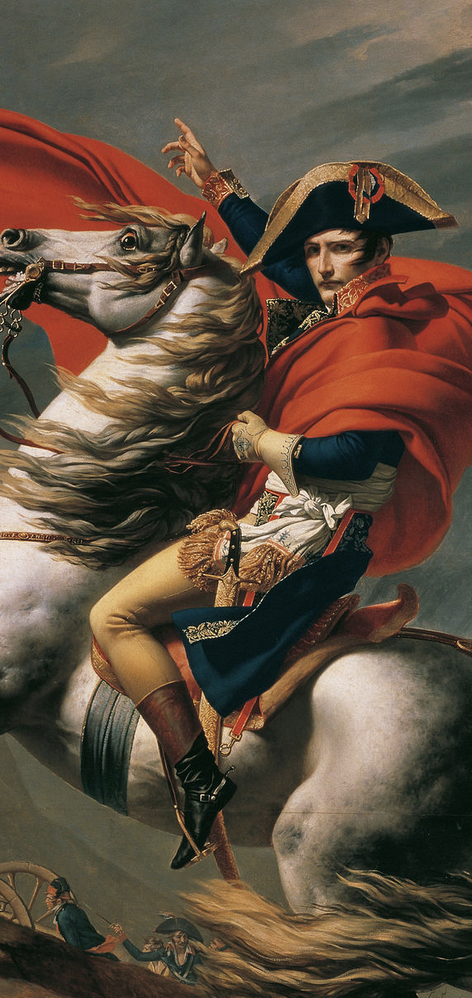Why is Amsterdam the capital of the Netherlands when the government is in the Hague?
I always assumed it was one of those weird political compromises – like Canberra being in it’s own territory to avoid a power struggle between Australian states. But the truth is far more interesting.
It turns out it’s all Napoleon’s fault.
The Ridderzaal in the centre of the Hague was built in the thirteenth century as a manor hall by Floris V (Jantje‘s father), the name describes it’s original purpose; The Knight’s Hall. Around the hall accommodation was built for visiting knights, and the counts of Holland lived there until their line died out in 1299 with the death of John 1 of Holland.
For some centuries the Netherlands was ruled from beyond her borders and the Binnenhof lost its purpose and was more or less abandoned. But once Napoleon took over the Netherlands he installed his brother Louis as king. Obviously Louis wanted to live in the most beautiful and grand home, so he renovated the Amsterdam’s townhall and transformed it into a palace. At the time Amsterdam was the largest city in the country and a trade for hub. As King Louis lived in the centre of the city he named Amsterdam the capital of the Netherlands.
While under French rule the Binnenhof, the ancient seat of government in The Hague was not used and it fell into disrepair, to the point where it was considered for demolition. It was only once the Netherlands became independent of France and William I was inaugurated and King in 1813 that the government and the king returned to The Hague, but Amsterdam remained the capital.

Artist Nicolaas Lodewijk Penning
Images
- Napoleon; Napoleon Crossing the Alps
- Willem; Willem landing at Scheveningen

